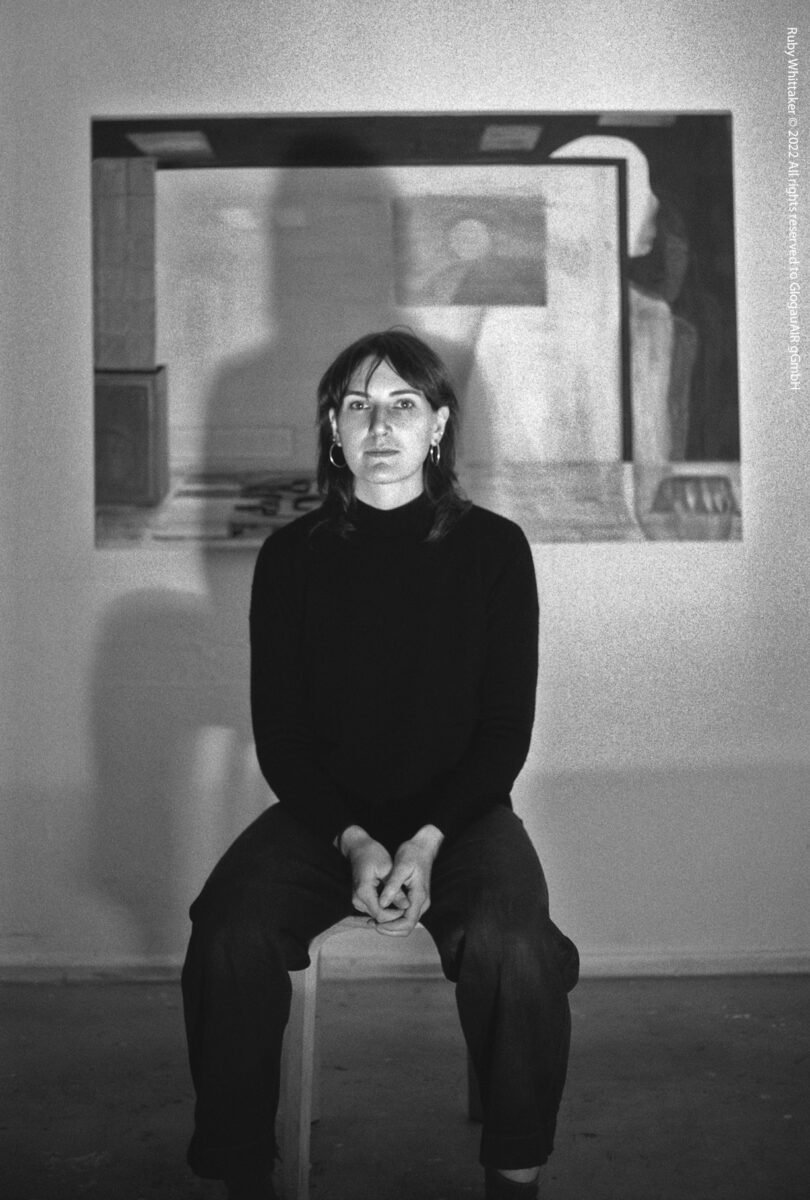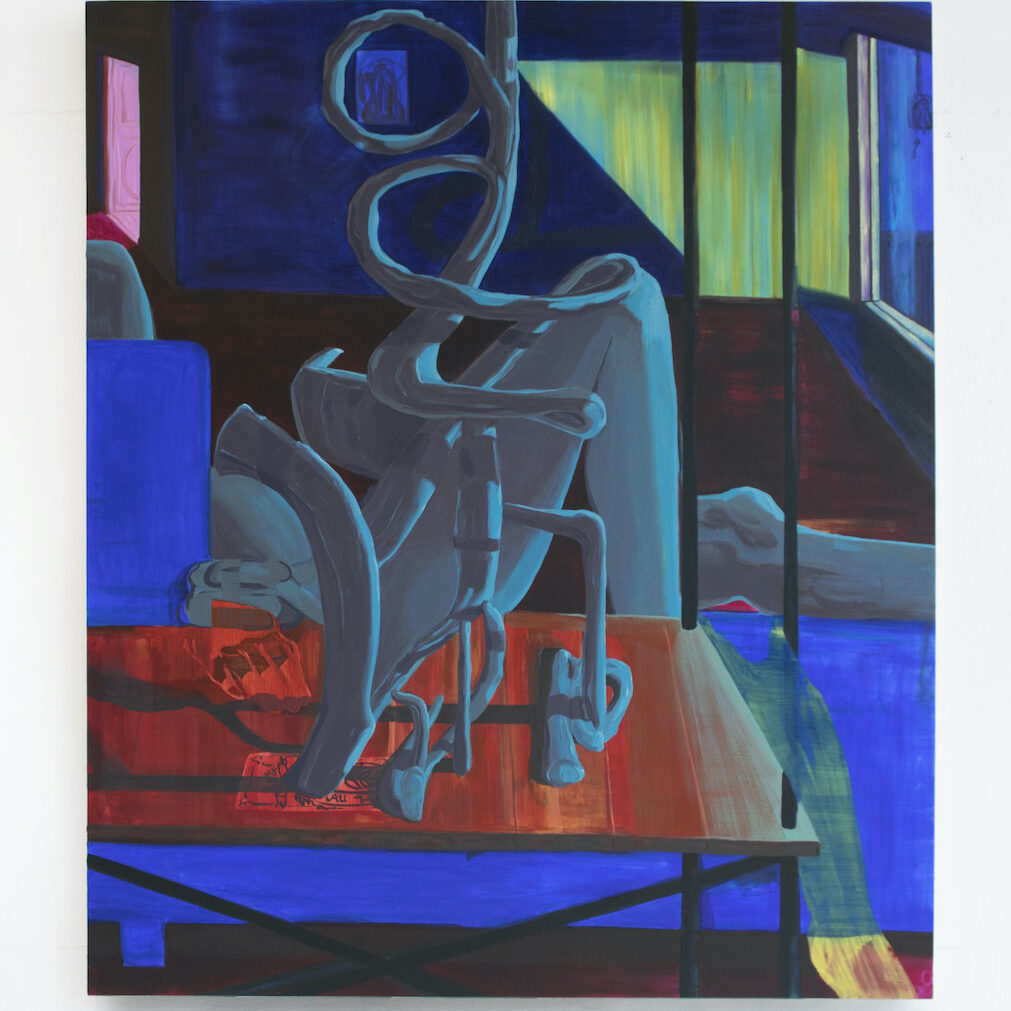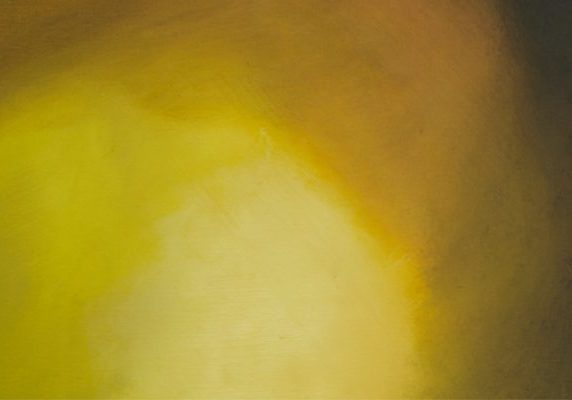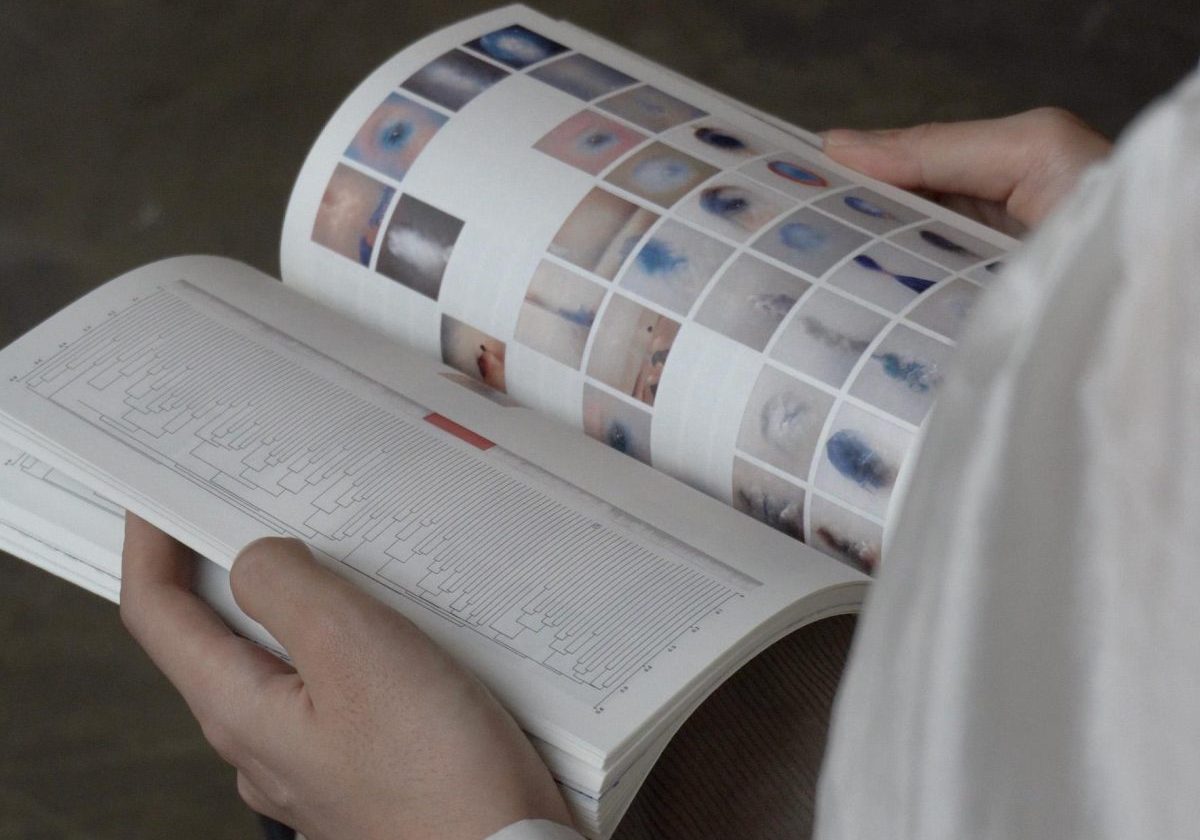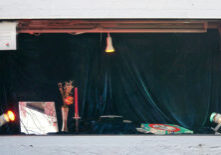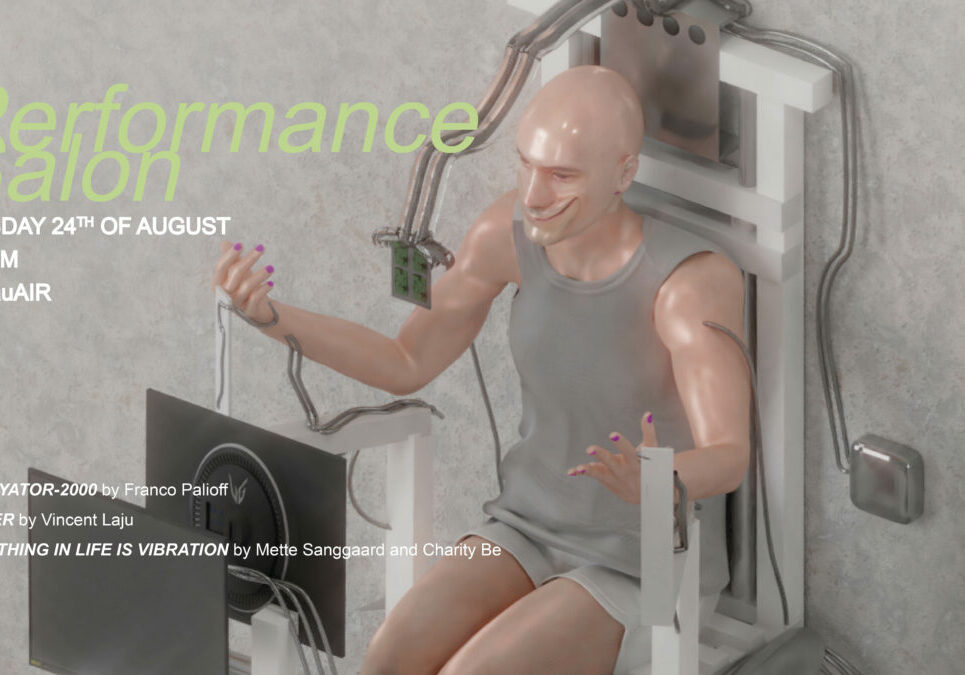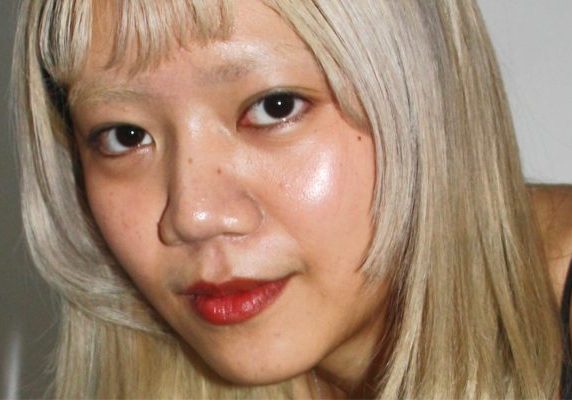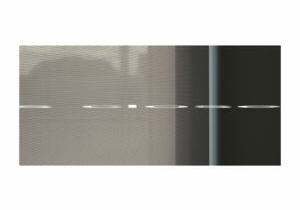Meet the Artist // Miranda Holmes
Miranda Holmes’ paintings and drawings explore the movement of bodies and objects over time. In her work, past iterations of compositions and color choices remain visible alongside more developed parts of the painting. These residues of the work’s past shine through as evidence of how the painting changed. “A painting changes; so do I.” says Miranda as she thinks about the ways in which her environment shifts her body, how it effects her movements.
During her time at GlogauAIR, she will spend time in the Feminist Archives in Friedrichshain to research artist and activist organizing events and workshops from years past.
She will make a series of paintings that responds to these findings as well as to her everyday observations of Berlin.
She wants to learn more about the history of communal knowledge-sharing in the city, in particular how feminist and queer activists and artists have used workshops.
What is your name and where are you from?
Miranda Holmes. I’m from State College, Pennsylvania (U.S.A.).
When/ how did your art practice begin …. Do you think where you’re from has affected your work?
I never stopped painting and drawing as a kid and I kept at it through middle and high school. I had a lot of great teachers along the way who kept encouraging me to express myself through my art. While I was pursuing my undergraduate degree in Art, I began to weave my interests in feminism and social politics into my work. My hometown is where Penn State University is located (and where I studied for my BFA), so I was always surrounded by progressive people and feminists even if I didn’t realize it as a kid. Being in that environment had to have affected my work.
How has your practice changed over time?
Art has helped me slow down. I used to look for the drama in a work of art, like a punchy narrative or a joke. I still love that kind of work, but after looking at art over the years, I have become more appreciative of works that ask me to take my time and focus on the way the artist uses colour or how they built up the surface of a painting. This practice helps me bear witness to what’s around me in my environment. Noticing the blue shadows on a person’s face or the shape of an insect’s bite marks on a leaf is fulfilling in its own right.
I’ve also come to see how art is an expansive practice that goes beyond the visual. I see the artistic practice as a way of aligning materials or actions with content to create meaning. This can be intentional or unintentional. Cooking a nice meal for a friend when they need it can be an artistic act. Building a life around the values and pleasures you collect along the way can be an artistic act. By focusing on the practice of art (making it and looking at it) rather than the product, the creative process becomes impermeable to value or judgment. Art becomes a way of seeing, changing, and living, rather than an object to own.
Do you think your art has evolved being a different environment E.g. Do you think GlogauAIR / being in Berlin has influenced your work?
There are so many free workshops offered around Berlin by artists and non-artists alike. I’m interested in how this culture of sharing knowledge without monetary value affects my practice. Making work in this environment, as well as living at GlogauAIR which is so communal, has led me to ask myself what I can give to the people around me. Showing up to other people’s shows and events, sharing meals, and attending workshops have been some ways to address this question. I will also host a collaborative drawing workshop at GlogauAIR in December.
What are your next plans after your residency?
I’m looking forward to attending Anderson Ranch’s artist residency in Colorado this winter! I hope to come back to Berlin in the fall to live here long-term.
